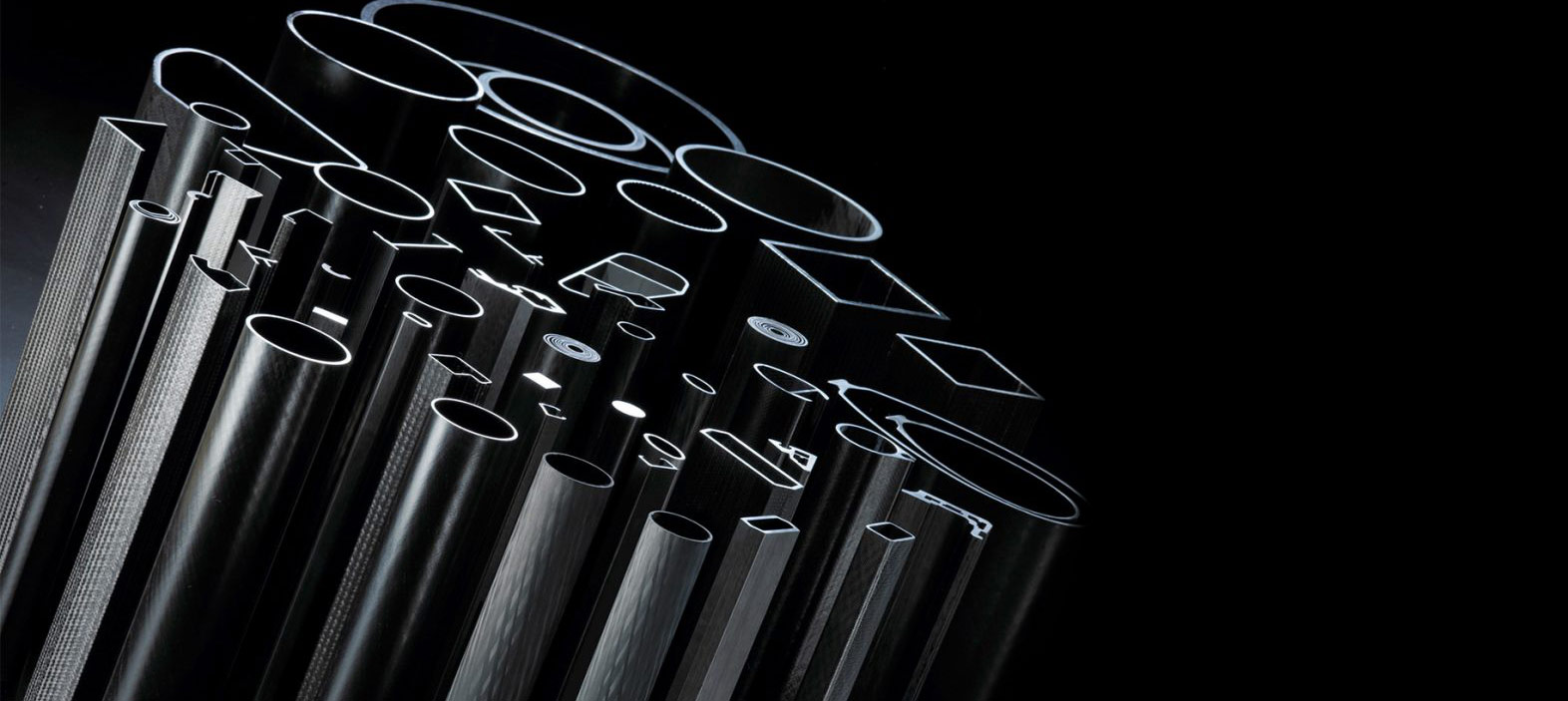
How Carbon Fiber is Made?
Carbon fiber is a strong, lightweight material that is used in a variety of applications, from aerospace to automotive. It is made from a long chain of carbon atoms that are tightly bonded together. This makes it much stronger than steel and much lighter than aluminum.
The manufacturing process begins with a polymer (a long chain of carbon atoms) that is heated until it liquefies. The liquid is then forced through a tiny hole, known as a spinneret. As the polymer exits the spinneret, it is cooled and drawn out into long, thin fibers.
These fibers are then bundled together and heated again, this time in the presence of a gas or chemical vapor. The heat causes the fibers to bond together, forming a stronger and more rigid material.
The resulting carbon fiber material can be woven into fabric or molded into a variety of shapes. It is used in a variety of applications, including aerospace, automotive, and sporting goods. Carbon fiber is also being explored for use in a variety of other industries, including construction as carbon fiber rods and medicine.
Carbon Fiber Precursors
Carbon fiber is a material consisting of extremely thin fibers about 0.0002-0.0004 in (0.005-0.010 mm) in diameter and composed mostly of carbon atoms. The carbon atoms are bonded together in crystals that are more or less aligned parallel to the long axis of the fiber. The crystal alignment gives the carbon fiber great strength-to-weight ratio making it attractive for use in many industrial and sporting applications.
Carbon fiber is produced from a variety of raw materials. The most common precursor is polyacrylonitrile (PAN), which is a synthetic polymer. PAN is first spun into fibers and then heated to temperatures above 1000°C in an oxygen-free environment. This process causes the carbon atoms in the PAN fibers to realign themselves into crystals. The resulting carbon fiber is strong and lightweight.
Other carbon fiber precursors include pitch, rayon, and lignin. Pitch is a byproduct of the petroleum industry and is composed of long-chain hydrocarbons. Rayon is a natural polymer made from cellulose. Lignin is a natural polymer found in wood. All of these materials can be processed into carbon fiber, but they are less common than PAN.
Carbon fiber has a variety of uses. It is often used as a reinforcement material in composite materials such as carbon-fiber-reinforced plastic (CFRP). CFRP is used in a wide range of products including airplane parts, boat hulls, and sporting equipment. Carbon fiber composites is also used to make electrical conductors and heat-resistant materials.
Carbon Fiber Manufacturing Process
Carbon fiber is an incredibly strong and light material that is used in a variety of applications, from aerospace to automotive as carbon fiber sheets or carbon fiber tubes. The manufacturing process for carbon fiber is relatively simple, but it requires precise control over a number of variables in order to produce a high-quality product.
The first step in the manufacturing process is to create the precursor, which is a long chain molecule made up of carbon atoms. The most common precursor is polyacrylonitrile (PAN), which is derived from acrylonitrile monomer. The PAN precursor is fed into a furnace, where it is heated to temperatures between 1,800 and 2,500 degrees Fahrenheit.
At these high temperatures, the PAN molecules break down and re-arrange themselves into a crystalline structure known as a carbon fiber. The carbon fiber is then cooled and drawn through a spinning process, which aligns the fibers and makes them stronger.
Once the carbon fiber has been spun, it is ready to be used in a variety of applications. It can be woven into cloth or used to reinforce carbon fiber composite materials.
